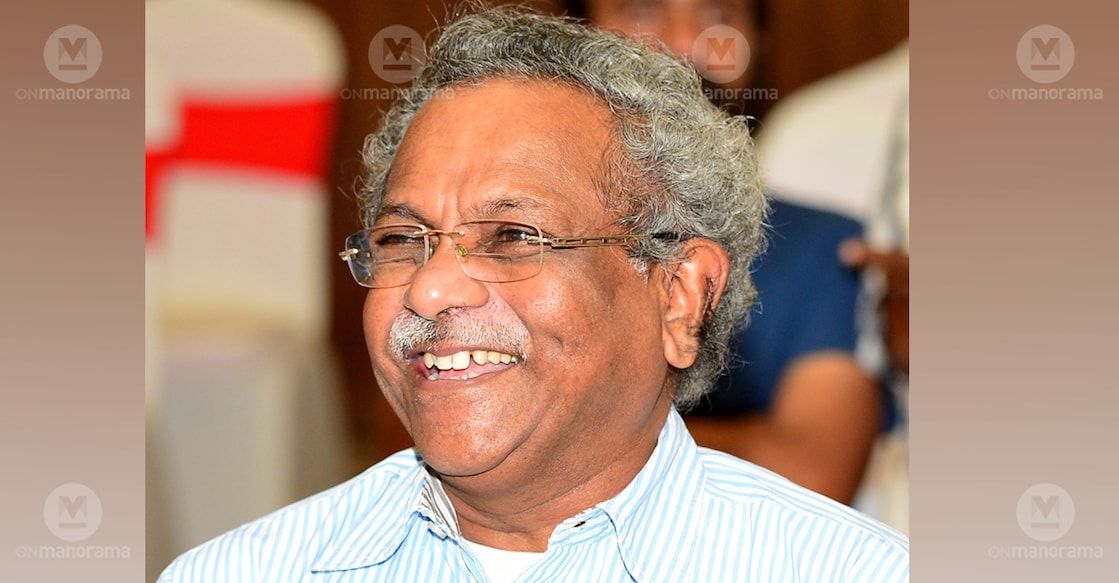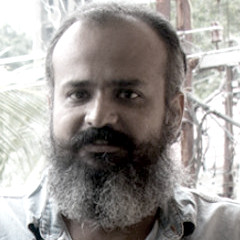Shaji N Karun: The poet of light who shaped Malayalam cinema's soul

Mail This Article
Shaji N Karun, the celebrated cinematographer and filmmaker who helped create a new visual language for Malayalam cinema, passed away on Monday.
In a career spanning more than four decades, Shaji carved a place for himself among the most respected voices in Indian cinema — his frames breathing poetry, his stories whispering the silent aches of the human spirit.

Before he took to the director’s chair, Shaji was already a towering figure behind the lens. His early collaborations with filmmakers like G Aravindan marked a quiet revolution in Malayalam cinema’s visual storytelling.
In Kanchana Sita (1977), Shaji reimagined the epic through stark, meditative visuals, allowing nature and landscape to become living metaphors. With Thampu (1978), a semi-documentary on a travelling circus, he wielded black-and-white imagery with such aching minimalism that every shadow seemed to echo the fragility of the lives on screen. Kummatty (1979), often described as a ‘folk fantasy’, showcased Shaji’s ability to create magic out of the everyday — capturing the innocence and wonder of childhood with a rare, lyrical tenderness.

It was almost inevitable that Shaji would eventually move from painting light to weaving entire worlds. His directorial debut Piravi (1988) — inspired by the real-life disappearance of a young man during the Emergency — stunned audiences with its searing portrayal of a father’s endless wait. The film went on to win the Camera d'Or – Mention d'honneur at Cannes, signalling the arrival of a filmmaker of extraordinary empathy.
In Vanaprastham (1999), Shaji returned to Cannes, this time with a tragic meditation on art, identity, and caste, set against the world of Kathakali. The film, starring Mohanlal in one of his career-defining performances, remains one of Indian cinema’s finest works.

Nishad (2002), made in Hindi, reflected Shaji’s growing concern with the anxieties of the modern world — a mother’s personal tragedy set against the backdrop of political tensions between India and Pakistan. The film was a quiet, aching reminder of how violence can seep into the most intimate spaces of human life.
Even as Malayalam cinema evolved, Shaji N Karun stood apart — a filmmaker who refused to chase trends, instead trusting the slow, patient rhythm of life to guide his art. His passing leaves a silence that will be hard to fill, but his images — like the river in Kanchana Sita, the dusty tent in Thampu, or the mournful courtyard of Piravi — will continue to flow through the collective memory of cinema lovers.


